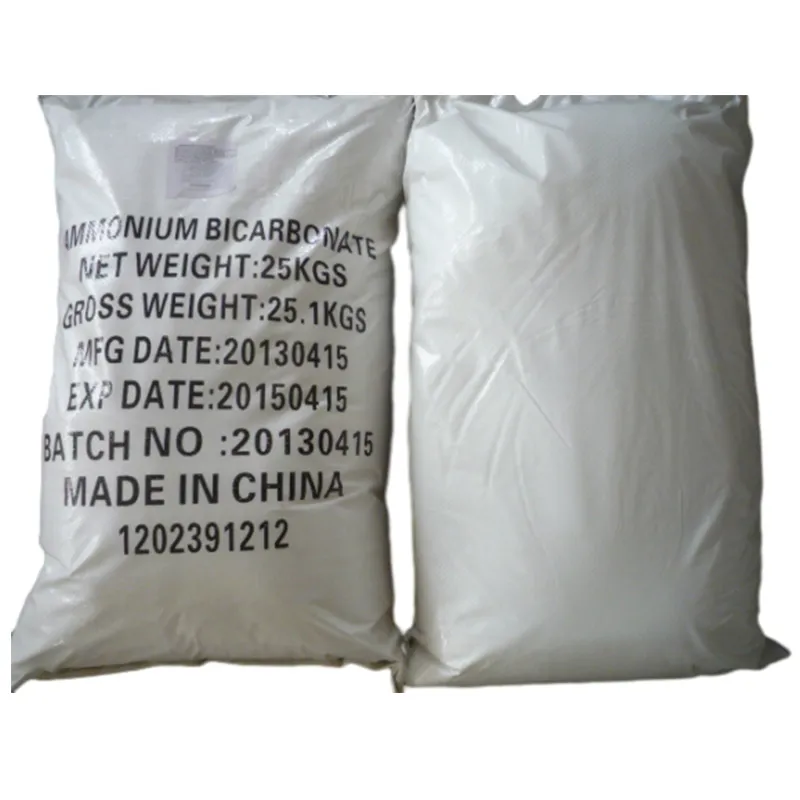
Understanding the Role and Benefits of E476 as a Food Emulsifier in Products
Understanding Emulsifier E476 What You Need to Know
Emulsifiers play a crucial role in the food industry, enhancing texture, stability, and shelf life of various products. One such emulsifier, E476, is gaining attention for its diverse applications and unique properties. This article aims to explore what E476 is, its uses, safety considerations, and its role in food production.
What is E476?
E476, also known as Polyglycerol Polyricinoleate (PGPR), is a food additive derived from glycerol and fatty acids, specifically ricinoleic acid, which is found naturally in castor oil. It is classified as a nonionic emulsifier and functions primarily to reduce the viscosity of food products and improve their emulsification. By promoting the mixing of oil and water, E476 helps create stable mixtures—a common requirement in many food formulations.
Applications in the Food Industry
E476 is widely used in various food items, particularly in the confectionery sector. Here are some of its primary applications
1. Chocolate and Coatings E476 is particularly popular in the production of chocolate and chocolate coatings. It lowers the viscosity of melted chocolate, allowing for smoother textures and easier handling during manufacturing. With E476, chocolate can be molded into intricate shapes and designs without compromising stability.
2. Baked Goods In baked products, E476 aids in creating a uniform crumb structure, improves dough handling, and extends shelf life. The emulsifier contributes to a moist texture and reduces staling, making baked goods more enjoyable over time.
3. Dressings and Sauces Emulsifiers like E476 are essential in salad dressings and sauces where oil and water need to remain mixed. E476 provides a stable emulsion, preventing separation and ensuring a consistent texture.
emulsifier e476

4. Ice Cream and Dairy Products E476 can enhance the creaminess of ice creams and other dairy products. It helps to create a smooth mouthfeel and reduces ice crystal formation, ensuring a pleasurable eating experience.
5. Plant-Based Alternatives In the rising market of plant-based food products, E476 is used to improve the texture and stability of non-dairy creams and cheese analogs. It offers an appealing alternative for individuals seeking lactose-free options.
Safety and Regulatory Status
E476 has been evaluated by various food safety authorities, including the European Food Safety Authority (EFSA) and the Food and Drug Administration (FDA) in the U.S., both of which regard it as safe for consumption within established limits. As with many food additives, it is important for products containing E476 to adhere to recommended usage levels to ensure they remain safe.
Individuals with allergies to castor beans should be cautious, as E476 is derived from ricinoleic acid. However, allergic reactions specifically to E476 itself are relatively rare. Always consult ingredient labels and consider personal sensitivities when consuming processed foods.
Conclusion
Emulsifier E476 serves as a versatile additive in the food industry, enabling manufacturers to create products with improved textures and stability while extending shelf life. With its array of applications—from chocolate to baked goods and plant-based alternatives—E476 demonstrates its importance in modern food technology.
As consumers become increasingly aware of food ingredients and their implications for health, understanding the role and safety of additives like E476 is essential. Overall, E476 not only enhances product quality but also addresses the evolving demands of the food market, responding to consumer preferences for varied, sustainable, and enjoyable food options.
By appreciating the science behind emulsifiers like E476, consumers can make more informed choices about the products they choose to bring into their homes. Whether indulging in a beautifully crafted chocolate or enjoying a creamy dairy-free dessert, E476 plays a quiet yet significant role in enhancing our culinary experiences.
-
Pure Sodium Dichloroisocyanurate Dihydrate | Powerful DisinfectantNewsAug.29,2025
-
Industrial Chemicals: Quality & Purity for Every IndustryNewsAug.28,2025
-
Nitrile Rubber Honoring Strict Production StandardsNewsAug.22,2025
-
Aspartame Ingredients Honoring Food Safety ValuesNewsAug.22,2025
-
Fertilizer for Balanced Plant NutritionNewsAug.22,2025
-
Cyanide Gold Processing with High Purity AdditivesNewsAug.22,2025
-
Formic Acid in Textile Dyeing ApplicationsNewsAug.22,2025
Hebei Tenger Chemical Technology Co., Ltd. focuses on the chemical industry and is committed to the export service of chemical raw materials.
-

view more DiethanolisopropanolamineIn the ever-growing field of chemical solutions, diethanolisopropanolamine (DEIPA) stands out as a versatile and important compound. Due to its unique chemical structure and properties, DEIPA is of interest to various industries including construction, personal care, and agriculture. -

view more TriisopropanolamineTriisopropanolamine (TIPA) alkanol amine substance, is a kind of alcohol amine compound with amino and alcohol hydroxyl, and because of its molecules contains both amino and hydroxyl. -

view more Tetramethyl Thiuram DisulfideTetramethyl thiuram disulfide, also known as TMTD, is a white to light-yellow powder with a distinct sulfur-like odor. It is soluble in organic solvents such as benzene, acetone, and ethyl acetate, making it highly versatile for use in different formulations. TMTD is known for its excellent vulcanization acceleration properties, which makes it a key ingredient in the production of rubber products. Additionally, it acts as an effective fungicide and bactericide, making it valuable in agricultural applications. Its high purity and stability ensure consistent performance, making it a preferred choice for manufacturers across various industries.





